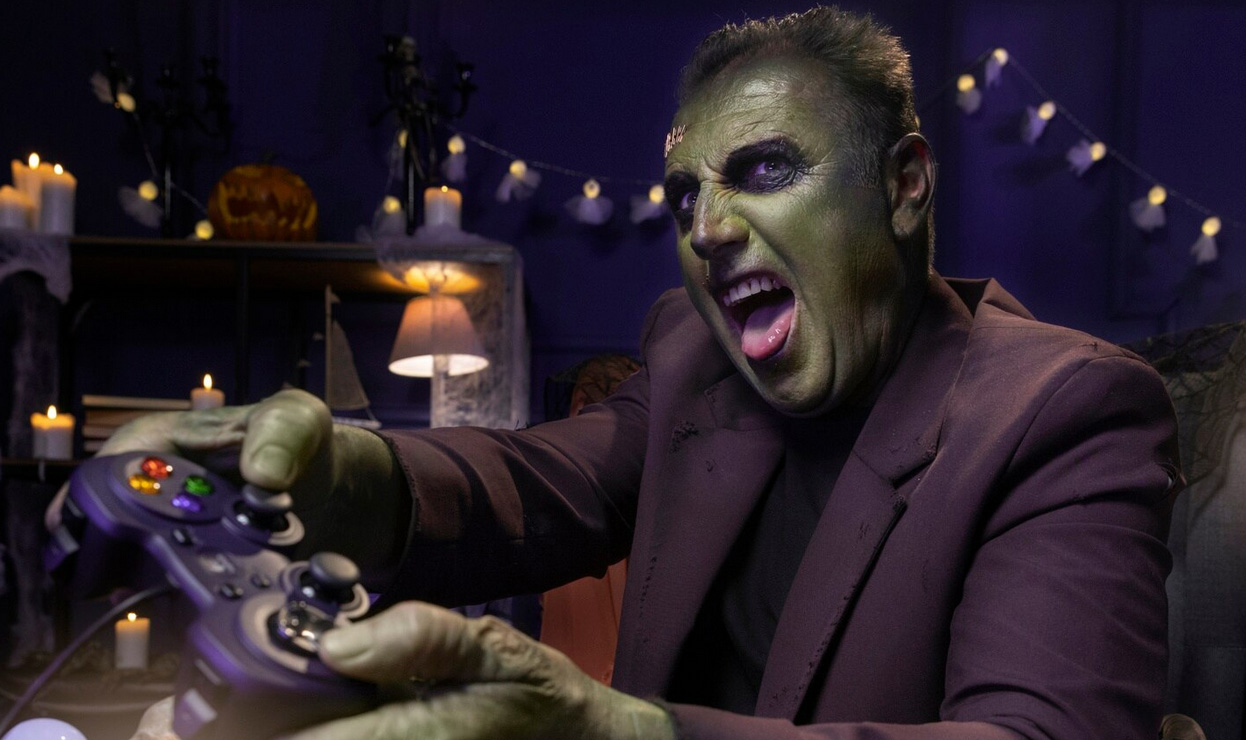
An image which may or may not be related to the article. FREEPIK
The Evolution of Horror Games: From Jumpscares to Psychological Thrills
Summary:
Horror games used to be all about the sudden scream, the monster lunging from the shadows, the cheap but effective shock of a jumpscare. But in recent years, the genre has evolved into something more insidious—less about reflexive fear and more about dread that lingers long after the game is turned off. Titles like Silent Hill 2, Amnesia, and SOMA have shifted the focus from quick frights to deep psychological terror, making players question reality itself. So, how did horror games evolve from basic scream factories into intricate, mind-bending experiences?
There was a time when the genre thrived on one simple trick: jumpscares. A loud noise, a sudden flash, a grotesque creature lunging at your face—instant terror. It was cheap, it was effective, and it still works. But players evolved, their expectations grew, and horror developers realized that true fear doesn’t come from a momentary shock. It comes from dread, from the slow, creeping realization that something is horribly, fundamentally wrong.
That’s the shift we’ve seen in horror games—moving away from the BOO! approach and into something far more unsettling.
The Golden Age of Jumpscares: Cheap Thrills and Sudden Screams
The early horror games had one goal: scare the hell out of you, and they didn’t care how. Titles like Alone in the Dark (1992) and Resident Evil (1996) introduced fixed-camera angles and claustrophobic environments to keep players on edge. But the real king of the early horror formula was the jumpscare.
When Five Nights at Freddy’s (2014) arrived, it took the concept to absurd new heights—every encounter boiled down to a single question: when will the scream hit? It was like playing Russian roulette with your nervous system. It was thrilling, but it wasn’t deep.
Jumpscares work because they trigger our fight-or-flight response, but they have a fatal flaw: they wear off. After a while, players get numb to them. A good horror game needs to offer more than just a series of sudden frights. It needs to linger.
The Rise of Psychological Horror: When the Monster is in Your Mind
Then came Silent Hill 2 (2001), and everything changed.
This wasn’t a game about monsters jumping at you—it was about the horror inside you. The town of Silent Hill didn’t just contain nightmares; it reflected them. Your sins, your grief, your buried trauma—it all shaped the horror you encountered. It was personal, and that made it terrifying.
The influence of Silent Hill 2 can be seen in games like:
- *Amnesia: The Dark Descent* (2010): Instead of jumpscares, it used helplessness. You couldn’t fight back—just hide, run, and pray the thing didn’t find you.
- *Outlast* (2013): Removed weapons entirely, making every encounter a desperate flight for survival.
- *SOMA* (2015): Replaced monsters with existential dread—forcing players to question their own identity and what it even means to be human.
These games proved that horror doesn’t need to be loud to be terrifying. Sometimes, the scariest thing is an unanswered question, a creeping sense that you are powerless in the face of something far greater than yourself.
New Frontiers: Horror in Virtual Reality
And now, horror is stepping into a whole new realm—VR. If you thought horror games were terrifying on a screen, imagine being inside them. Resident Evil 7 VR is enough to make grown adults tear the headset off and leave the room. There’s no escape, no looking away—just pure immersion in terror.
The future of horror games may not be in bigger monsters or louder screams, but in making players feel trapped in their own nightmares. Because at the end of the day, horror isn’t about what’s on the screen. It’s about what lingers in your mind when the game is over.
And that, more than anything, is what makes horror truly terrifying.
 muppazine
muppazine